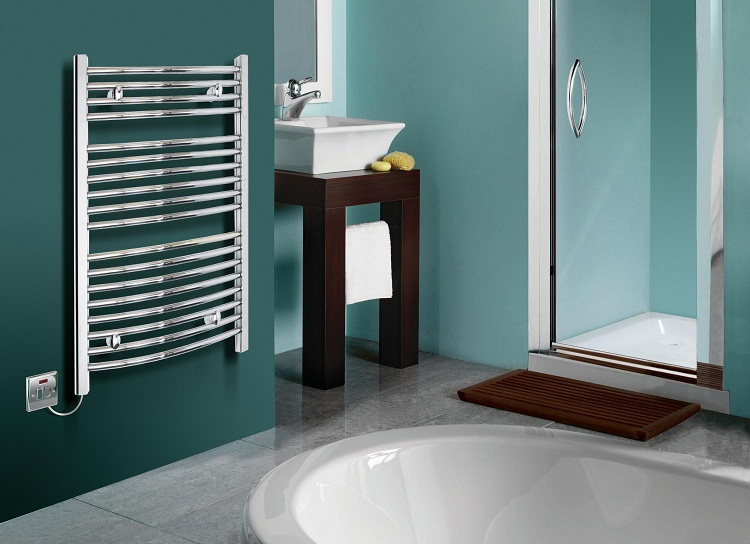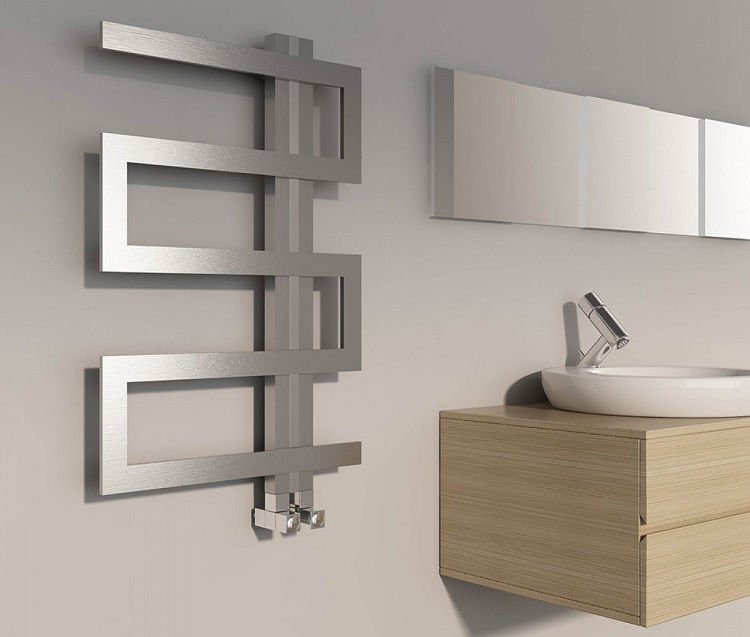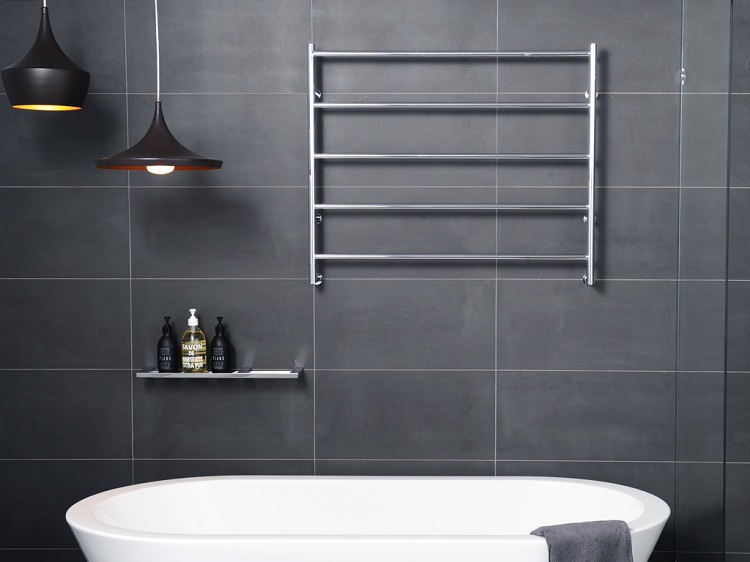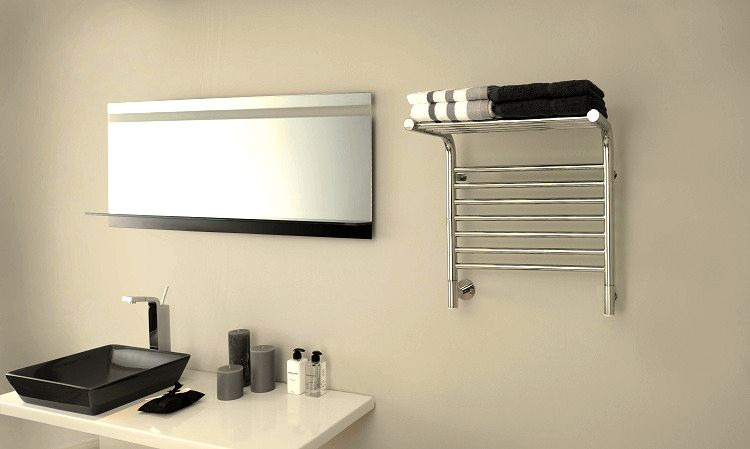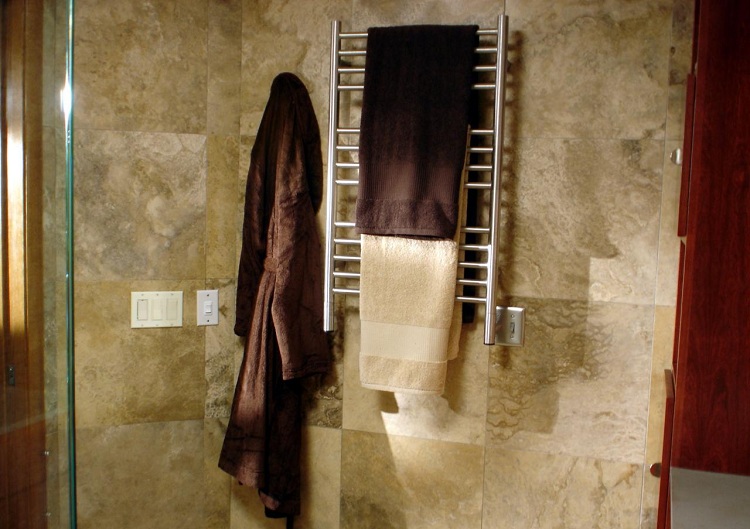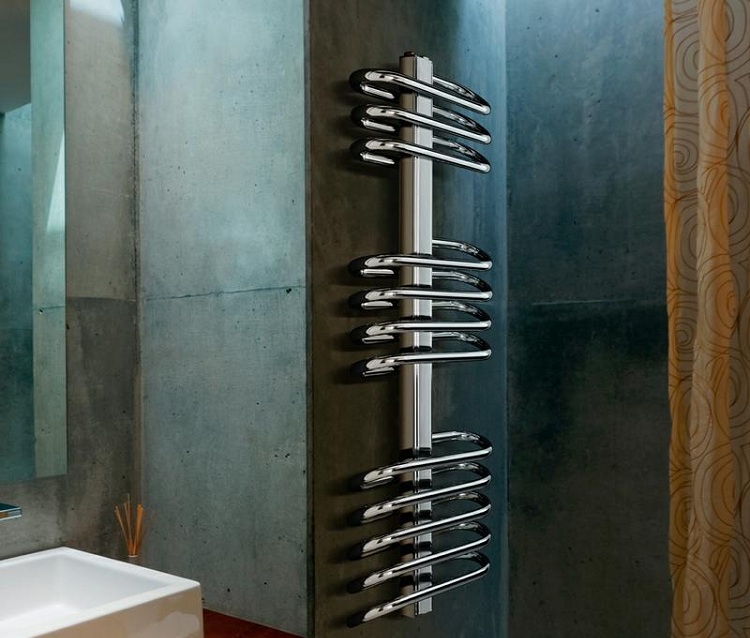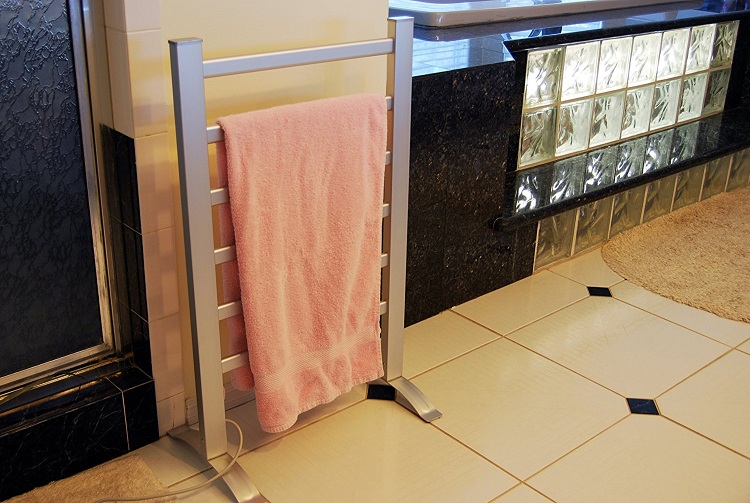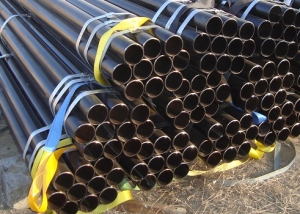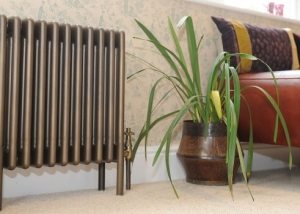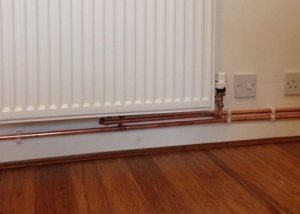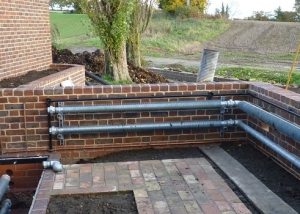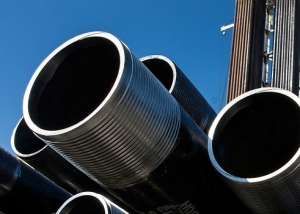An electric heated towel rail is a device that is mounted in the bathroom. It performs several functions, including: heating the bathroom, drying (towels, linen, etc.), additional decoration of the room. Electric models are economical due to low power consumption. In addition, they are designed for a long service life in a constantly on state.
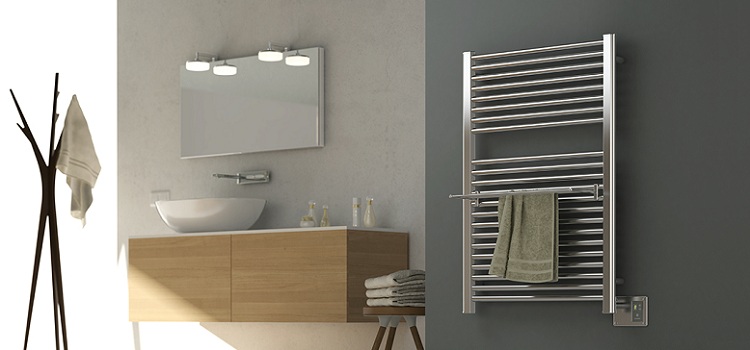
Electric towel dryers perform their functions regardless of the availability of hot water, so such devices are very popular
Content
Varieties of electric heated towel rails
To date, you can purchase various options for such models. Consider what signs electric towel rails may differ:
- in form;
- by type of heating;
- by power;
- according to the installation option;
- by color;
- according to the material.
There is a huge variety of electric towel warmers in shape. On sale you can find these devices in the norm ladders, snakes, etc. There are also unique models that are available on request.
By type of heating, all electrical devices for drying towels are divided into two main groups:
- wet
- dry.
In wet constructions, as a rule, one of the types of coolants is used. There are three types of coolants:
- water;
- butter;
- antifreeze.
Note! The coolant in such devices is heated by means of a tubular electric heater (TEN).
Water, as a coolant, has a rather high heating rate. The maximum temperature that the water in the heated towel rail can reach is 85 ° C. Of the minuses of this coolant, it can be noted that the water cools down as quickly as it heats up. Oil models have a lower heating temperature than water models (70 ° C), and devices operating on antifreeze have a rather high coefficient of thermal conductivity.
The advantages of wet towel rails is that they are able to keep the temperature for a while after disconnecting from the power. The disadvantages of such devices include the fact that they need more electricity than dry counterparts, and a shorter operational life due to corrosive effects.
Devices that are equipped with dry heating elements have a longer service life and last 3-5 years longer than wet towel rails. In addition, they consume less electrical energy and have a wider range.
Depending on the installation option, electric heated towel rails are classified into:
- wall mounted;
- outdoor.
Consider the main colors of these devices:
- chromium;
- bronze;
- white.
White color looks the most presentable and is very popular among buyers of these devices. However, paint on white electric towel warmers turns yellow over time. Bronze color is a good option, which is suitable for almost any bathroom. In addition, yellow bronze electric towel rails least noticeable yellowing of paint over time, in contrast to the white device. Electric heated towel rails are made of the following materials: steel, copper, brass. The power of such products may be different.
The benefits of electric towel warmers
Choosing an electric heated towel rail is an individual process in which a lot depends on the preferences of the owners of the apartment. However, there are situations in which only a device that is powered by electricity is suitable for installation. Consider the main advantages of electric devices for drying towels:
- electrical models operate from a wall outlet that has a voltage of 220 V. For safe operation, the design of such a heated towel rail includes materials with dielectric properties and insulation;
- if necessary, the electric heated towel rail can be equipped with a special screen. Such a screen performs decorative functions and allows you to harmoniously fit into the interior of any bathroom;
- electric models of towel dryers do not depend on the central water supply network, therefore they can be used at the request of the owners, and not just in the heating period;
- ease of installation of electrical models. In addition, installation can be carried out in any part of the apartment (unlike water devices);
- Another advantage is the ability to install a temperature controller, which allows you to control the temperature in the device;
- the lack of contact with the aquatic environment eliminates the possibility of corrosion, and this allows to extend the operational life of the device;
- the range of electric towel dryers is much wider than that of water counterparts. This is due to the fact that the former do not have mounting restrictions. And also it is worth noting a variety of color schemes. If you wish, you can purchase a classic white color or more aesthetic heated towel rails “bronze”, “chrome”, plain black and items of any other color;
- from an economic point of view, models that are powered by electricity are more profitable. A small device of this type consumes a small amount of electricity. The power consumption of such a device is from 25 to 100 watts, which does not exceed the energy consumption of a conventional light bulb.
Towel dryer with shelf
Devices equipped with a shelf are considered the most practical to use. A heated towel rail with a shelf is lightweight and has a presentable appearance. In addition, such electric heated towel rails are small in size, which is their main advantage. Due to the small size of such devices, there is a saving of useful space in the bathroom.
Let's consider other advantages of electric towel warmers with a shelf:
- such models are able to maintain a normal microclimate in the bathroom. This primarily concerns the level of humidity;
- the use of such models allows you to get rid of the unpleasant odor of dampness and prevent the occurrence of fungus and mold on the walls of the room.
Helpful information! To combat dampness, a floor heated towel rail is most suitable. Floor installation of this device allows you to warm the entire space of the room from floor to ceiling.
Devices equipped with a shelf are more functional than conventional models, so the demand for them is quite high.Experts recommend using towel rails with a shelf that sits on top. This option is considered the most appropriate, as it allows you to save the useful space of the bathroom.
In addition, the shelf allows you to speed up the drying of towels. This is due to the fact that water from the laundry, which is located on other elements of the device, does not get on the towel.
Consider other advantages of electric models equipped with a shelf:
- high heat transfer coefficient;
- ease of installation;
- as a rule, such models are white, which allows you to organically fit into the interior of the bathroom. However, as mentioned above, the white heated towel rail has the main disadvantage associated with the darkening of the paint.
Power consumption and power
To date, the most economical devices that can be purchased on the market are heated towel rails that spend 25 to 36 watts on their work. To operate the most powerful models will require at least 2000 watts (such devices are large). The power of the device is selected depending on the area of the room in which it will be installed.
In addition, when choosing the power of an electric heated towel rail, it is recommended to pay attention to the purpose of its operation. If the electric heated towel rail will be used only for drying towels and maintaining a comfortable microclimate in the bathroom, then you can use a model of any power. In this case, the dimensions of the electric heated towel rail can also be any. The device is suitable even for small dimensions. However, if the device is necessary for heating the room, then it will be necessary to carry out the appropriate calculations and determine the necessary electricity costs.
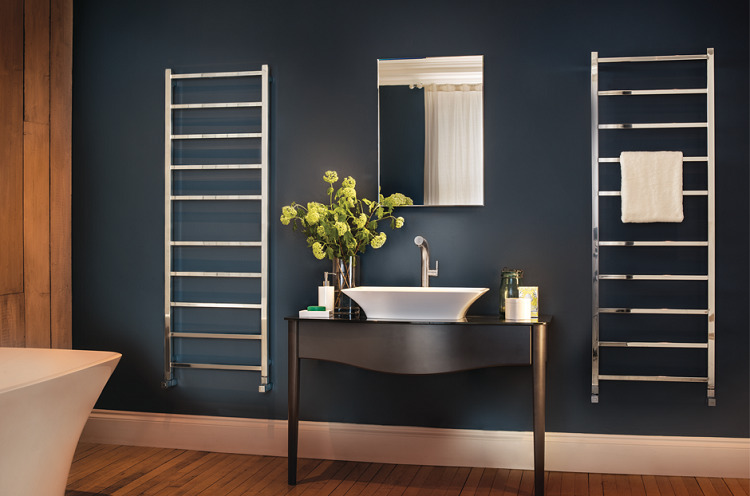
If with the help of a heated towel rail the bath will be heated, it is better to choose the overall models
In accordance with state sanitary standards, the temperature in residential premises should not fall below 18 ° C. In order to ensure compliance with this sanitary norm, it is necessary to calculate the energy consumption of an electric heated towel rail. To do this, it is recommended to follow a simple formula: approximately 1 Watt of power should fall on 1 m² of room.
However, a temperature of 18 ° C is not the most favorable for a comfortable stay in the bathroom (it is advisable to adhere to a temperature of 22–25 ° C). In order to ensure such indicators in the bathroom, the required power per 1 m² of room is increased to 140 watts. By a simple calculation, you can determine that for a bathroom with an area of 4 m², you will need a heated towel rail, whose power is 560 watts.
Towel dryer of which material is better to choose?
As mentioned above, steel (black and stainless) and non-ferrous alloys are used to make towel rails. Models made of black steel have the lowest cost. Exterior heated towel rails made of black steel are no different from appliances made of stainless steel. The inner walls of the tubes in such devices are treated with a special anti-corrosion compound, however, despite this, their service life is lower than that of analogues made of stainless steel.
Stainless steel electric heated towel rails (unlike black steel products) have high corrosion resistance. Due to this, their service life is longer. They are versatile and suitable for installation in almost any bathroom.
Helpful information! Chromed models are more expensive than usual, which are painted in any of the colors. This is due to the fact that the paint darkens over time and loses a presentable appearance.
Stainless steel models are not recommended to be installed in bathrooms with their own hands. It is advisable that the installation be carried out by a specialist, since the threaded connections of such heated towel rails are notable for “capriciousness”.
Designers are typically made from aluminum, copper and brass. In this case, it is best to give preference to products made of copper material. Despite the fact that copper towel rails are more expensive than devices made of other non-ferrous metals, they are durable. Brass products have a high coefficient of thermal conductivity, like aluminum.
Choose a design
The shape of the heated towel rail is a very important criterion that determines the purpose of using this device. The shape of this product defines two important points. Consider them:
- how compact will the towel dryer be;
- how much linen can be placed on it for drying.
Today, the most popular, from a structural point of view, are devices in the form of ladders, snakes, as well as “ironing boards”. Serpentine towel warmers are used in cases where it is necessary to dry a large amount of linen. In cases where you need to dry several towels at the same time, it is recommended to use narrow electric heated towel rails in the form of a ladder. The narrow device is not only more functional, but also has a unique appearance.
Special attention should be paid to rotary and angular models that are mounted on the wall. The heated towel rail (in the form of a short flight of stairs) electric rotary differs in a practicality, as well as angular models. The rotary heated towel rail can be mounted while maintaining the maximum amount of free space in the bathroom. If necessary, the rotary heated towel rail can be adjusted for more comfortable operation.
For large families, experts recommend purchasing heated towel rails, which are in the form of clothes dryers. When mounting such devices on the wall, only the central part of the structure is fixed, and auxiliary sliding elements are able to open and close.
Tips for positioning and fixing the device
There are only two mounting options for the towel dryer: on the wall or on the floor. Towel dryers that are mounted on the wall have the following operational advantages:
- saving useful bathroom space;
- convenience.
Among the minuses of wall-mounted models, it can be distinguished that they cannot be transferred to another room without dismantling. In turn, floor-mounted electric heated towel rails in their configuration practically do not differ from wall-mounted ones. The main difference between such products is that they are mounted on special supports (legs). In some cases, they are fixed to the floor surface for greater reliability.
Important! Towel dryers are recommended to be mounted at a certain distance from other elements of the bathroom interior. This distance is from 30 to 50 cm.
Regardless of the type, all types of these devices have good moisture resistance, so the choice of their installation location depends on the personal preferences of the owners of the house. These devices should be located at a distance of not less than half a meter to combustible materials.
Installation of electrical models
Electrical devices are connected in two main ways. Consider them:
- open;
- closed.
The choice of how to connect the device for drying towels depends on what functional features there is a place selected for its fastening. An open option for connecting a heated towel rail is the simplest and is done through a plug and socket. The closed version of connecting an electric towel dryer is used in such cases:
- the heated towel rail with hidden connection is mounted if there is no possibility of making an open connection;
- in case the owners want to achieve maximum presentability and exclude open wiring on the wall.
Some bathrooms do not have a power outlet. In such a situation, the device is connected by installing a moisture-proof outlet or by a closed method.
Electric heated towel rails with a hidden connection are joined to the wiring, which is located in the wall. It is desirable that such a connection is performed by a specially trained person who has experience in this field. Open wires are placed in strobes or decorated with plastic panels.
